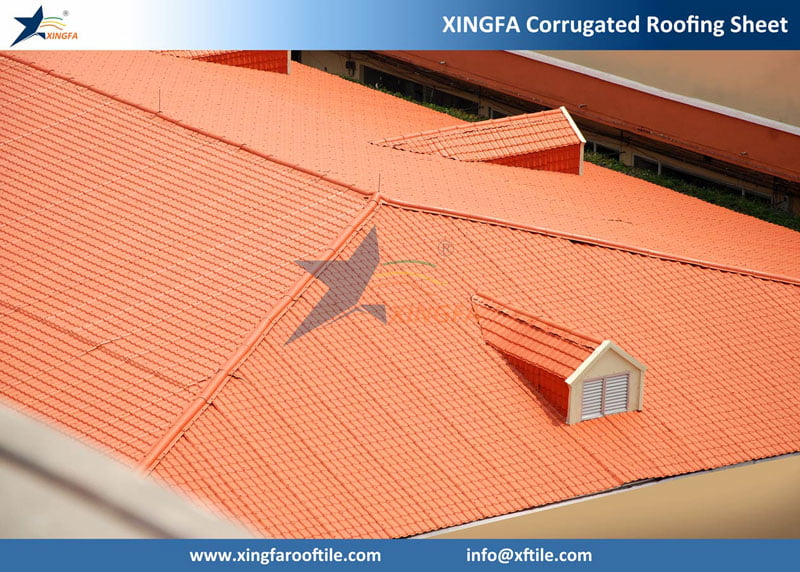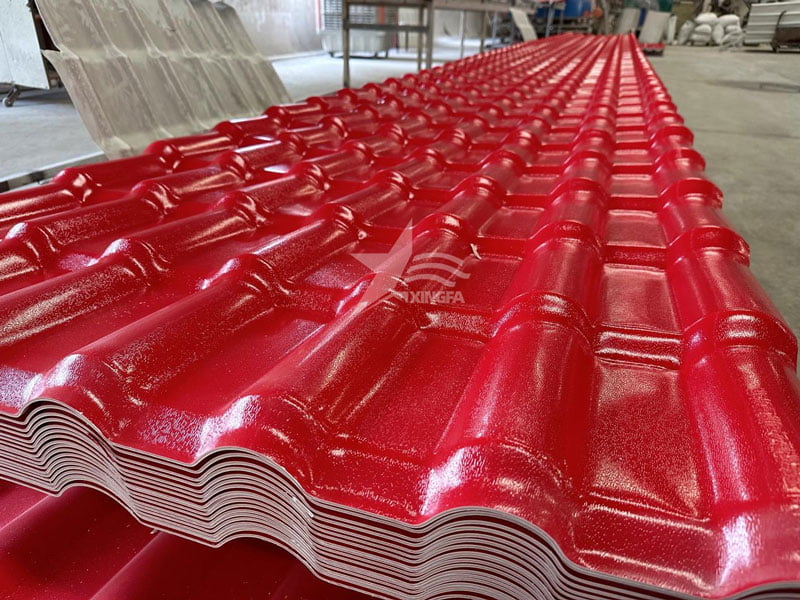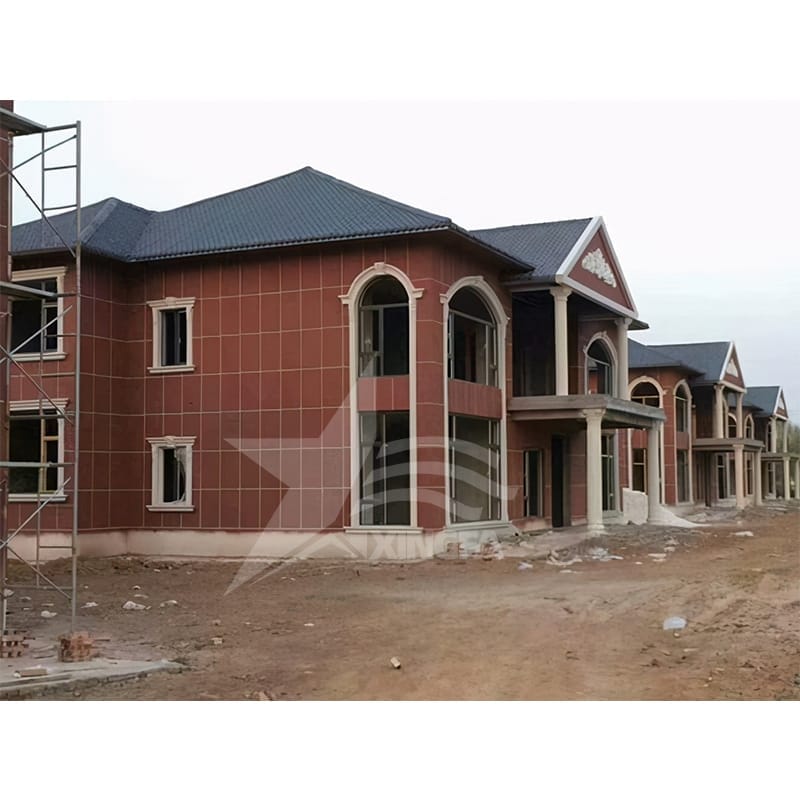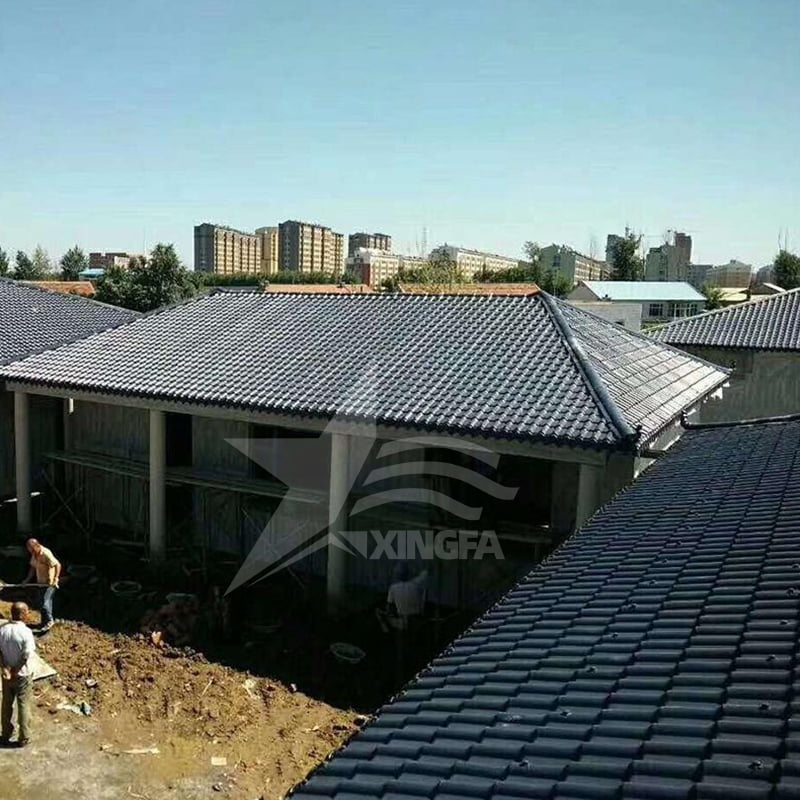Synthetic resin tile is widely recognized as a roofing material in terms of appearance and performance, and more and more people consider using it when building houses. However, less may be known about the scaffold structure of the synthetic resin tile. Today, we will briefly introduce the support materials and related requirements of the synthetic resin tile, so that you can easily understand!

The installation requirements for synthetic resin tiles are relatively simple and can be applied to roofs of steel, wood or concrete structures. Support materials can be selected from square pipe steel (60403 ㎜), C type steel (10050203 ㎜) or anti-corrosive wood square material (6040 ㎜). If the square pipe or C-type steel is selected as the support material, anti-corrosion treatment is needed to avoid corrosion and rust, so as to ensure the overall service life of the house.

When installing synthetic resin tiles, the spacing should be designed according to the width of the tiles. For example, for 880mm width and 1050mm width 750mm. In the actual installation process, can not increase the purlin spacing, otherwise it will lead to the synthetic resin tile roof surface in the use process of easy to sink or arch problems.
In addition, the local climatic conditions also need to be considered in the installation of synthetic resin tiles. For areas with greater wind and more rainfall, the spacing should be further narrowed to increase the number of fixtures. The fixpiece can be increased from 4 to 6 per square meter. At the same time, different screw materials are selected according to different support structures, such as steel structure can use self-tapping screws or stainless steel corner nails, wood structure can use self-tapping screws. After installing the fixings, be sure to cover the waterproof cap to prevent the screws from rust.

Through the above brief introduction, you should have a clearer understanding of the bracket structure of the synthetic resin tile. This will help you to better choose the right materials and installation methods to ensure the stability and service life of the roof structure.










